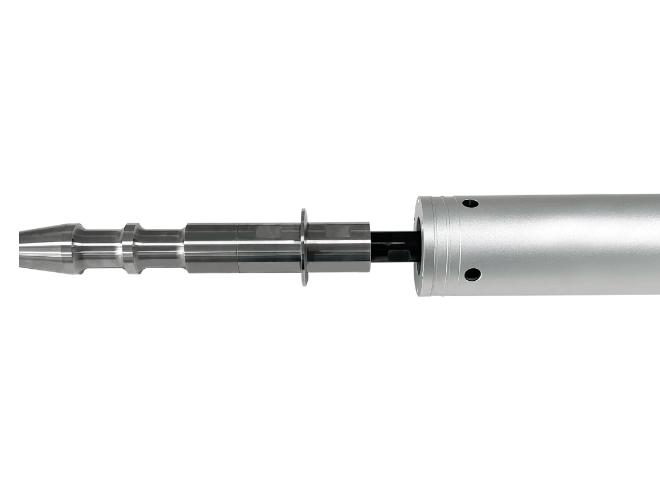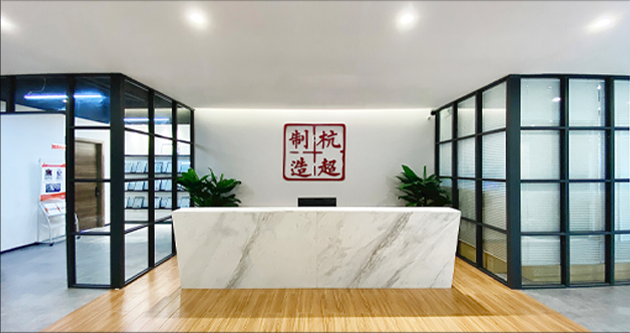
Ultrasonic emulsification is caused by cavitation. Ultrasonic waves passing through a liquid cause it to continuously compress and expand. High-intensity ultrasonic waves provide the energy needed for the dispersion of the liquid phase. When maximum pressure is reached, liquid rupture occurs at points with weaker cohesive forces. Following this rupture, overpressure is observed at the point of rupture, and some cavities are found to exist. In these cavities, gases dissolved in the liquid explode as bubbles after a short time.
